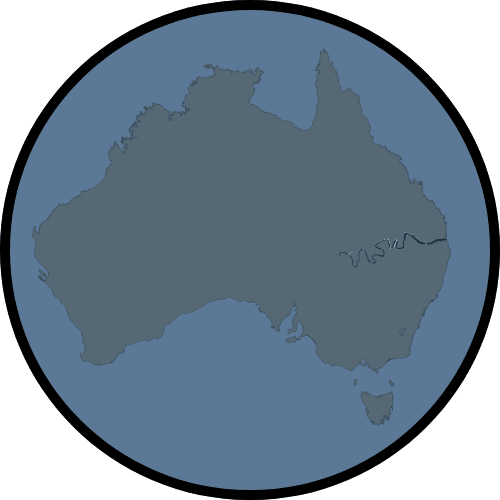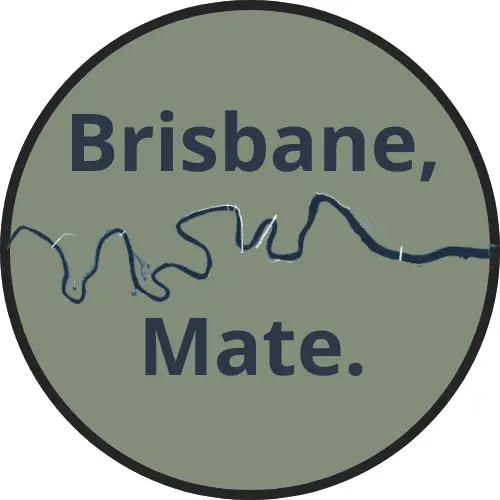
The Brisbane River, a meandering watercourse that threads through Queensland’s capital city, is an iconic feature of the landscape. But beyond its scenic charm and economic significance, many people are left wondering about the river’s depth. How deep is the Brisbane River?
In this article, we will embark on a journey to uncover the mysteries of the river’s depths.


Key takeaways
The Brisbane River’s depth can range from as shallow as 5 meters to as deep as 15 meters, fluctuating with tides and rainfall. This variability is crucial for various purposes, including navigation, flood control, and environmental preservation.
Tides play a significant role in shaping the river’s depth. The incoming tide can temporarily increase water levels, impacting navigation and water flow within the river.
Over the years, the Brisbane River has undergone significant changes in depth. Dredging operations have deepened the riverbed, making it navigable for larger vessels and promoting economic growth.
The river’s depth affects its ecosystem, supporting diverse habitats for aquatic life and vegetation. Monitoring and understanding these depths are vital for environmental conservation and sustainability.
How deep is the brisbane river?
The depth of the Brisbane River varies, but it can reach approximately 15 meters in certain areas, making it navigable for various vessels and vital for transportation, flood management, and economic activities.
The depth of the Brisbane River matters for many reasons, like helping boats move, preventing floods, and taking care of nature. Some parts are only 5 meters deep, while others go down to 15 meters. It’s not the same all the time, changing with tides and rain, which makes it interesting for the river’s life. Under the water, you’ll find different things like sandy areas, reefs, and deep spots.

Tidal Influence
The Brisbane River’s depth is also influenced by tides, adding another layer of complexity. Being a tidal river, the water levels rise and fall with the ebb and flow of the tides. This tidal influence affects the river’s depth, as the incoming tide can push more water upstream, temporarily increasing the depth. The tidal influence is one of the many reasons you should never swim in the Brisbane River
Historical Depths of the Brisbane River
In the early days of Brisbane’s settlement, the river was relatively shallow. Records show that in the 1860s, the river’s depth was a mere 1.5 meters, allowing people to walk from one bank to the other. This limited depth presented obstacles for larger vessels and hindered trade and transportation.
However, as Brisbane continued to grow and develop as a major urban centre, the need for deeper waterways became evident. To facilitate navigation and accommodate larger ships, dredging operations were initiated. These efforts aimed to deepen the riverbed, making it navigable for more extensive vessels.
By 1900, the river’s depth had increased to six meters, marking a significant improvement. Today, the Brisbane River reaches a depth of about 15 meters in some areas. This transformation is a testament to human engineering and determination to harness the river’s potential.
Why the brisbane River Was Dredged
The Brisbane River was dredged to make it deeper. Dredging is the process of removing mud, sand, and other materials from the riverbed to increase its depth. Here’s why it was done:
Navigation
To allow larger ships to move through the river safely. Without dredging, the river was too shallow for big vessels.
Economic Growth
Deeper waters support trade and tourism, which helps the local economy grow.
Flood Control
A deeper river can handle more water during heavy rainfall, reducing the risk of flooding in the surrounding areas.
Dredging Explained
Dredging involves using special machines or equipment to scoop up and remove the sediment and debris that accumulate on the river’s bottom. This process creates a deeper and more navigable channel. It’s essential for maintaining the river’s functionality for transportation, trade, and flood management.
The Geography and Size of the Brisbane River
The Brisbane River winds its way through the heart of Queensland’s capital city, spanning a length of approximately 344 kilometres. Its journey begins in the Mount Stanley Range, located in the Great Dividing Range, and flows eastward before reaching Moreton Bay. The river passes through various landscapes, including mountain ranges, valleys, and urban areas, making it a diverse and dynamic waterway. Its vast size and intricate network of tributaries contribute to its significance and impact on the surrounding regions.
Environmental Considerations Related to the Depth of the Brisbane River
The depth of the Brisbane River plays a significant role in shaping its ecosystem and supporting a diverse range of flora and fauna. Deeper sections of the river provide habitat for various fish species and other aquatic organisms, including bull sharks, while shallower areas support different types of vegetation. Understanding the river’s depth helps in identifying critical habitats and implementing conservation measures to protect them. It also aids in monitoring water quality and ensuring the health and sustainability of the river’s ecosystem.
How Deep Is the brisbane river on average?
The average depth of the Brisbane River typically ranges from around 5 meters (approximately 16 feet) to 15 meters (approximately 49 feet) in different sections. The depth can vary significantly due to factors like tides and sediment deposition, and it may change over time.
Future Prospects for the Brisbane River
In conclusion, the depth of the Brisbane River is a fascinating aspect of this iconic Australian waterway. Its varying depths, influenced by tidal movements and rainfall, contribute to its complexity and significance. Understanding the river’s depth is crucial for navigation, flood management, and environmental conservation efforts. As the city of Brisbane continues to grow and evolve, ongoing monitoring and management of the river’s depth will be essential to ensure its sustainable development and preservation for future generations.






